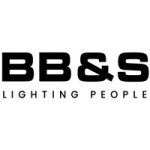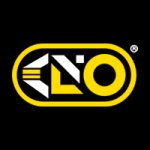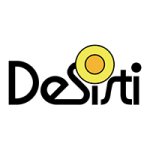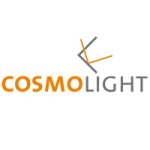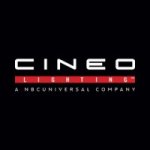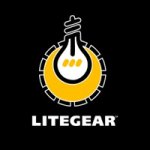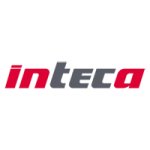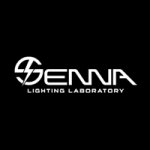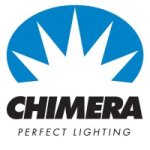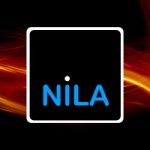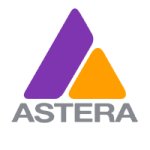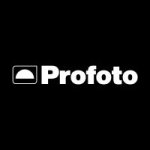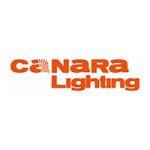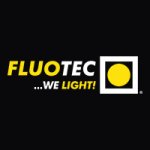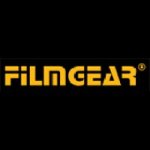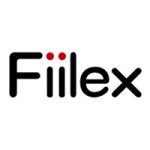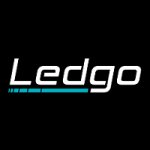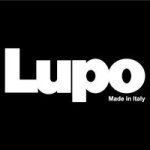Table of Contents Hide
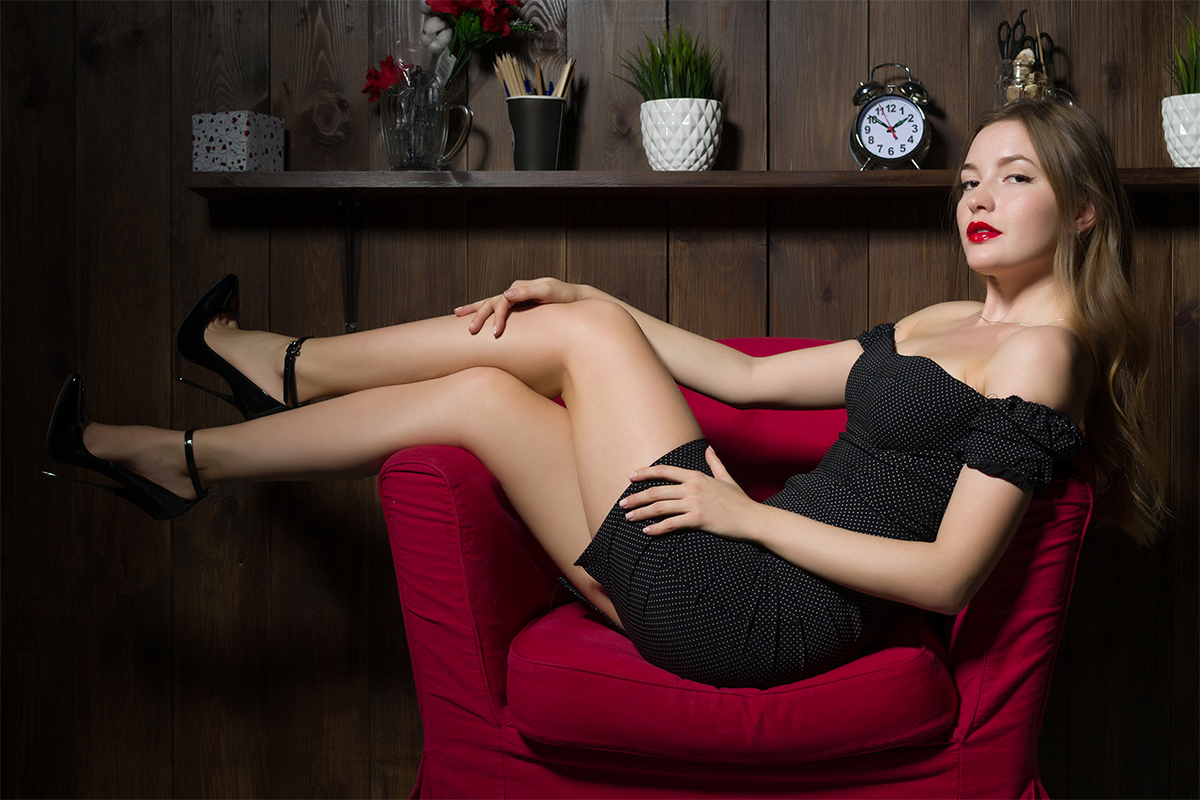
Studio lighting
Studio lighting is a fundamental tool in the toolkit of photographers, cinematographers, and visual artists. It empowers them to exercise precise control over lighting conditions, resulting in consistent, high-quality, and professional-looking images and videos. This control is crucial for achieving specific artistic or technical goals, as it allows professionals to manipulate light to suit their creative vision. In a studio setting, the lighting conditions can be carefully calibrated and replicated for each shoot. This ensures consistent and predictable results across different sessions or scenes. Consistency is essential in creating a cohesive look for a series of images or scenes in cinematography. The controlled environment of a studio, coupled with precise lighting, contributes to the production of professional-quality images and videos. Professional photographers and filmmakers often use studio lighting setups to meet the high standards expected in their respective industries. Studio lighting setups can be tailored to fit the specific requirements of different subjects, genres, or moods. Whether capturing portraits, still life, product shots, or cinematic scenes, the flexibility of studio lighting allows artists to adapt and experiment with different lighting setups to achieve the desired results.Storytelling with light
Studio lighting is not only a practical tool but a valuable asset for creative professionals. It empowers them to blend technical precision with artistic expression, providing the means to navigate the diverse and unique challenges presented by different projects in photography, cinematography, and the broader realm of visual arts. By manipulating light in a controlled environment, artists can shape the visual elements of their work, create specific moods, and bring their creative visions to life. The controlled nature of studio lighting allows for experimentation and artistic expression. Studio lighting enables precise control over lighting conditions, including intensity, direction, and color temperature. This level of control is crucial for achieving technical precision in capturing images or scenes. It allows professionals to highlight details, control shadows, and ensure consistency in their work. Different projects have varying requirements, whether it's capturing a product in a commercial photoshoot, setting the mood for a film scene, or creating a specific atmosphere in a visual art piece. Beyond basic visibility, studio lighting allows for the selective highlighting of details. This is particularly important in visual arts, photography, and cinematography where emphasizing specific elements within a composition can enhance the overall impact of the work. Studio lighting enables the shaping and defining of subjects through the manipulation of light and shadow. This goes beyond practical illumination by allowing artists to add depth, dimension, and a sense of three-dimensionality to their creations. While practical illumination might be achieved with various lighting setups, studio lighting also offers the advantage of consistency and replication. This is important for professionals who need to maintain a consistent look across a series of images or scenes, contributing to the overall coherence of a project. Studio lighting uses a variety of light modifiers to shape and control the quality of light. Softboxes, diffusers, reflectors, and grids are examples of modifiers that can be employed to achieve specific lighting effects, soften or direct light, and control spill.Light composition
In a studio setting, photographers and videographers carefully balance different types of lights to control the contrast, mood, and overall visual impact of the scene. The key light is the primary and most influential light source in the setup. It's positioned to illuminate the main subject and create highlights and shadows. This light defines the primary features and contours of the subject's face or form. The key light is usually placed at a 45-degree angle to the subject, either above or to the side. The specific placement can be adjusted based on the desired effect and the type of lighting (e.g., Rembrandt lighting, split lighting). The fill light is used to reduce the harshness of shadows created by the key light. It's positioned opposite the key light and helps to "fill in" the shadows without creating additional highlights. The fill light is generally softer and less intense than the key light. It contributes to a more balanced and flattering overall illumination, maintaining detail in shadowed areas. The background light is used to illuminate the background or backdrop behind the subject. It helps separate the subject from the background and adds depth to the image. Depending on the desired effect, the background light can be adjusted to create a subtle halo around the subject or to evenly illuminate the background. This light is especially important in preventing the background from appearing too dark or distracting. Hair Lights are positioned above or behind the subject to highlight the hair or adds a subtle glow. Background lights illuminates the backdrop, preventing it from appearing too dark.Photography studio lighting
The use of artificial lighting is a distinguishing characteristic of studio photography. Studio photographers have the flexibility to choose from different types of artificial lights to illuminate their subjects. Common types include strobes (or flash units) and continuous lights. Each type has its own characteristics and advantages, and photographers can select the one that best suits their creative goals. Strobes are powerful flashes that emit a brief burst of light. They are popular in studio photography because they provide a quick, intense burst of light, freeze motion effectively, and allow for high-speed synchronization. Strobes are commonly used for capturing portraits, freezing action in product photography, and achieving controlled lighting setups. Continuous lights provide a constant source of illumination. They are beneficial for situations where photographers need to see the continuous effect of light in real-time, making them suitable for video shoots as well. Continuous lights come in various forms, such as tungsten lights, fluorescent lights, and LED lights, each offering different color temperatures and characteristics. The ability to choose and manipulate artificial lighting empowers photographers to achieve specific lighting effects. Precise control over lighting is essential in genres like portrait photography and product photography. In portrait photography, for example, photographers can shape the light to flatter the subject's features and create a desired mood. In product photography, accurate and controlled lighting is crucial for showcasing products with clarity and detail. Whether it's creating soft and even lighting for a portrait or emphasizing texture and details in product photography, artificial lighting provides the control necessary to meet the photographer's creative vision.Videography studio lighting
Lighting is a fundamental and indispensable component of the studio videography process. It is not merely a supporting element but a key factor that significantly influences the outcome of the video. Lighting is essential for achieving the desired visual quality, setting the mood, and highlighting key elements within the video. It directly contributes to the overall aesthetics and professional presentation of the video content. By carefully selecting and positioning lights, videographers can establish the tone of the video, convey emotions, and enhance the narrative. This level of control is especially valuable for productions that require a particular aesthetic or thematic atmosphere. Proper lighting allows for the effective highlighting of subjects and details within the frame. This is crucial for drawing the viewer's attention to specific elements in the video. Whether illuminating a central character, showcasing a product, or emphasizing specific scenes, lighting enables creators to guide the viewer's focus and enhance the visual impact of the video. Controlling shadows and contrast is an essential aspect of studio lighting. This involves creating a balance between light and shadow to achieve a visually pleasing and well-defined image. Videographers may employ creative lighting techniques to enhance the visual appeal of their videos. These techniques include different lighting patterns, effects, and the use of practical lights (lights within the scene). In addition to key, fill, and backlighting, videographers may use practical lights within the scene, such as lamps or practical fixtures, to enhance realism and contribute to the overall lighting scheme.Visual art lighting
Visual arts encompass a broad spectrum of artistic disciplines that primarily rely on visual elements for expression. Studio lighting allows artists, such as painters, sculptors and digital artists to have precise control over the lighting conditions in their workspace. It provides them with the means to express their creativity in unique and intentional ways. It allows them to shape the visual elements of their work intentionally, contributing to the overall aesthetic and artistic vision. Artists can use light and shadow to create mood, atmosphere, and visual interest. By manipulating light, artists can create different moods, atmospheres, and effects, contributing to the overall aesthetic and emotional resonance of their work. Artists can manipulate the quality and direction of light to evoke specific emotions or to convey particular narratives within their artwork. By controlling the direction and intensity of light, artists can create highlights and shadows that enhance the three-dimensional aspects of their work, bringing out details that might be lost in flat or uniform lighting. Color manipulation allows for the creation of specific color tones within the artwork, contributing to the overall color scheme and mood. Beyond basic visibility, studio lighting allows artists to selectively highlight or obscure elements within their compositions. This control over emphasis adds layers of meaning and focus to the artwork. Lighting can be used to tell a story within a visual artwork. By strategically illuminating or obscuring certain areas, artists can guide the viewer's attention and create a visual narrative within the piece. Visual art studio lighting encourages experimentation and innovation. Artists can explore unconventional lighting setups, experiment with different light sources, and push the boundaries of traditional lighting techniques to create unique and original works.LED studio lighting
Studio lighting technologies continue to evolve, with ongoing advancements in efficiency, color accuracy, and control options. LED technology has become a dominant force in studio lighting. LED studio lights are highly energy-efficient compared to traditional lighting sources such as incandescent or fluorescent lights. Studios, especially those involved in video production, broadcasting, or photography, often operate for long durations without frequent breaks. In such continuous operation scenarios, the efficiency of lighting systems becomes crucial. LED lights have a longer operational lifespan than traditional lights. The extended lifespan reduces maintenance efforts and costs, contributing to the seamless operation of the studio over time. LED studio lights provide instant illumination when powered on and can be turned off immediately. In a studio where quick adjustments to the lighting setup are often necessary, the instant on/off capability of LED lights is advantageous. This feature enhances the efficiency of production workflows, allowing for rapid changes between scenes or setups. LED lighting allows for precise control over spectral power distribution (SPD). This control is particularly valuable in studios engaged in photography and video production, where maintaining consistent color temperature and accurate color reproduction is essential for achieving professional and high-quality results. The color controllability makes it possible to adapt the lighting to the specific requirements of different scenes, sets, or creative visions. The small size of LEDs enables the design of compact, portable LED studio lights, offering advantages such as space efficiency, portability, and flexibility. The integration of smart lighting control systems in studio environments offers a range of advantages, including enhanced control, creativity, efficiency, and adaptability. These systems empower users to achieve sophisticated and dynamic lighting setups, ultimately contributing to the overall quality and creativity of studio productions. In professional studio setups, some LED studio lights may support DMX (Digital Multiplex) control. DMX allows for advanced and synchronized control over multiple lights, including precise adjustments to color, intensity, and even dynamic color-changing effects.Types of LED studio lights
There are various types of LED studio lights, each designed to cater to specific needs in studio environments. The choice of LED studio lights depends on the specific requirements of the studio and the creative vision of the production team.LED panels are valued in studio settings for their ability to provide broad and even illumination, making them versatile for general lighting purposes. Their applications in interviews, product shoots, and background lighting showcase their adaptability to various studio scenarios where consistent and high-quality lighting is essential for professional visual content creation.
LED panels with a grid or honeycomb pattern offer a solution for controlling light spill, allowing photographers and videographers to achieve focused, directional, and precisely controlled illumination. These panels are valuable tools for professionals seeking to enhance their creative control over lighting setups and produce visually compelling and well-defined results.
LED Fresnel lights are prized in film and video production for their ability to provide controlled, focused, and directional lighting. Their applications range from spotlighting specific subjects to serving as key or accent lights in versatile lighting setups. The adjustable beam angle and dimmability contribute to their adaptability for various scenes and genres within the realm of visual storytelling.
LED spotlights are essential tools for accent lighting, highlighting specific elements, and creating dramatic effects in various visual productions. Their focused and directional nature makes them particularly valuable in film and theater production settings, where precise control over lighting is crucial for achieving artistic and impactful results. In film production, spotlights are utilized to create cinematic effects, such as highlighting key elements in a scene or creating dramatic lighting for specific shots.
LED ring lights are valued in beauty and fashion photography for their ability to provide even, shadow-free illumination that enhances the subject's features. The characteristic circular catchlights in the eyes contribute to a unique and appealing visual style. Their versatility, ease of use, and the ability to control intensity and color temperature make LED ring lights a popular choice for various applications within the realm of portrait and beauty photography.
LED strobe lights are powerful and versatile tools in photography. They excel in freezing motion, making them valuable for capturing fast action, and their controlled bursts of light provide precision in lighting setups for various applications in studio photography. LED strobe lights are commonly used in portrait photography studios, providing controlled and flattering illumination for subjects. Strobes are valuable for product photography, where precise lighting control is essential to highlight product details and textures.
Speedlights or on-camera flashes are compact and portable lighting solutions frequently mounted on a camera's hot shoe. They find common use in event photography for their versatility and quick deployment. Additionally, they serve as fill lights in outdoor settings, providing photographers with creative control over lighting conditions in various shooting scenarios.



